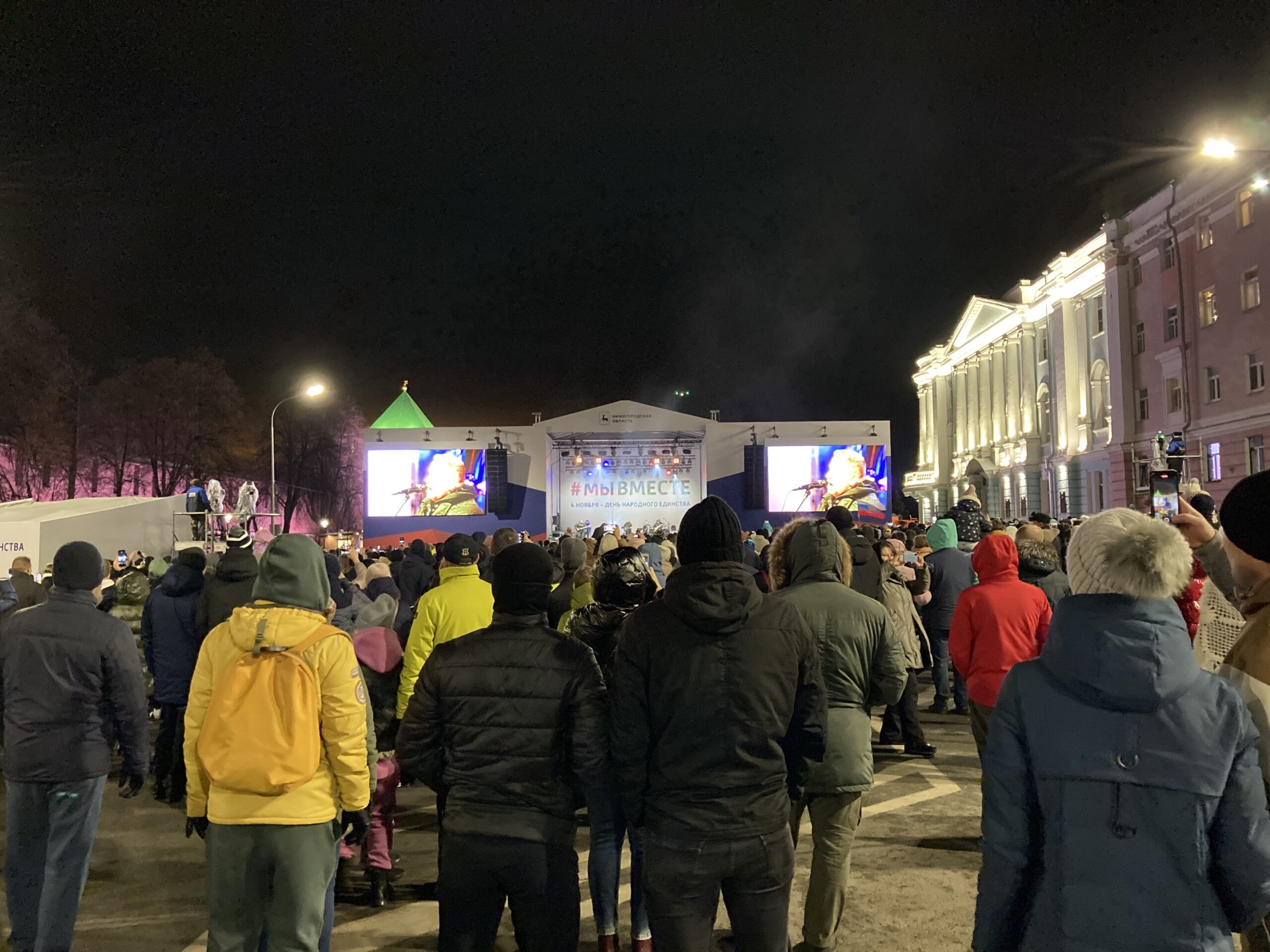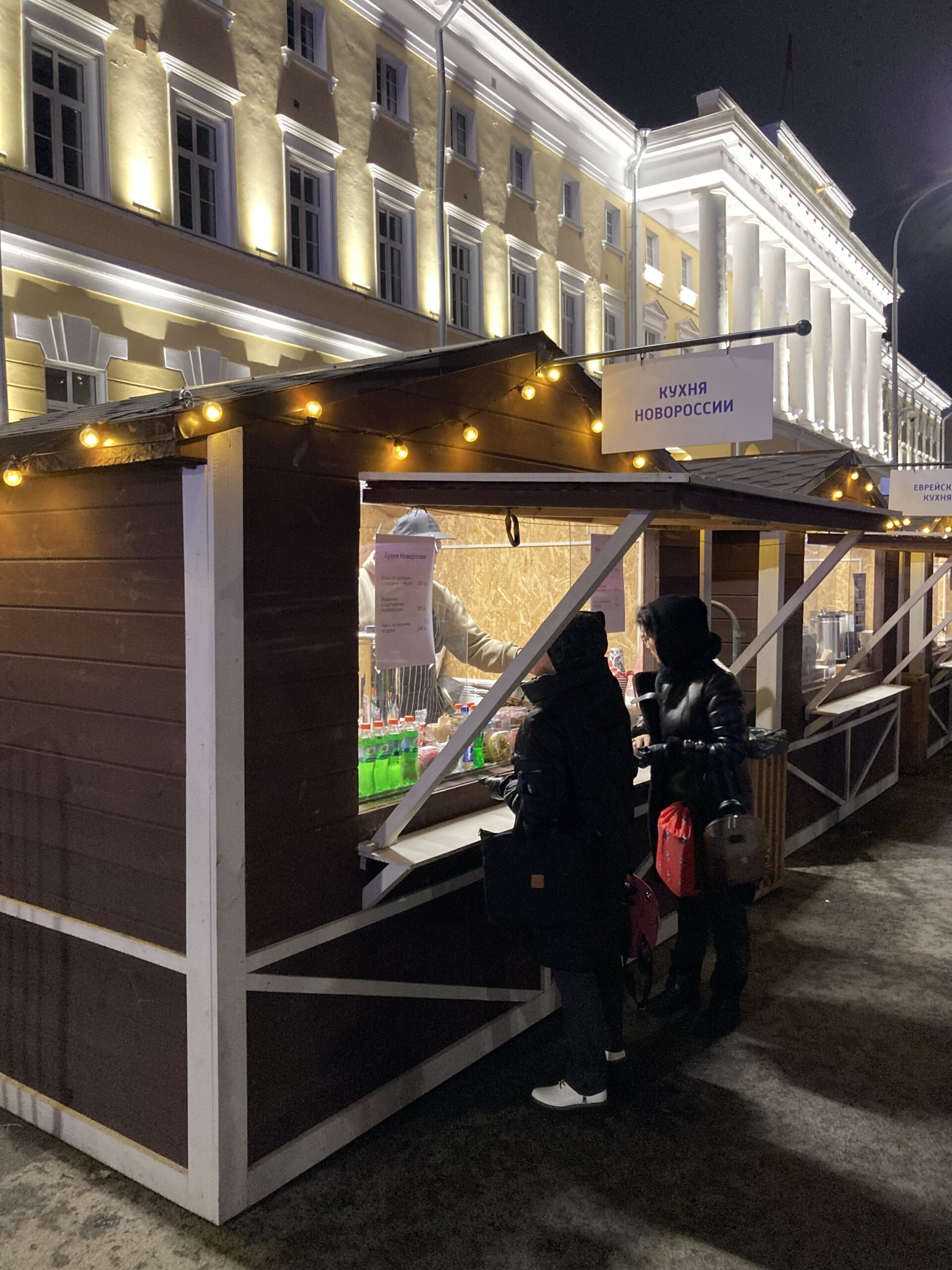Some Russian national holidays are quite well-known such as the Victory Day (May 9), and some are not. 4th of November’s Unity Day is surely one of the lesser-known ones outside of the Russian Federation despite being one that truly has an interesting tale behind it! Read on to find out why 4th of November is known as the Unity Day in Russia, and how it is celebrated in Nizhny Novgorod.
The History Behind the Holiday
The turn of the 17th century was not the best decade or two that the Russian Tsardom suffered through. In fact, it was called as the Time of Troubles due to the massive internal and external problems that the state had to put up with at the time. One of the more severe challenges came from the Polish-Lithuanian Commonwealth, which invaded Moscow in 1610. The city remained captured for two years, before a militia from Nizhny Novgorod, led by a merchant called Kuzma Minin and a prince named Dmitry Pozharsky, came to its rescue in 1612. It became a national holiday next year and remained as such until 1917. Anyone that is heard of the Soviet Union (meaning, hopefully, everyone) would have heard of 1917, when the revolution that put the new government in charge came to be. As is often the case during exchanges of power, this new regime thought it would be much better to simply celebrate the Revolution instead of this old Tsarist holiday at around the same time, or at 7th of November to be more specific. However, this did not last for a particularly long time given Soviet Union’s not so long of a lifespan. In 2005, this “new” holiday was abolished in favour of the “old” one, when President Putin made a rather controversial decision (in some spheres of the society) to honour Minin and Pozharsky once again, this time calling the day the Unity Day and dedicating it to the multi-ethnic and multi-religious composition of the Russian people. It has been celebrated as such for well over a decade now and as such it already must have generated enough of its own “traditions” to speak of, let us take a look into some of them below.
Celebrations in Nizhny Novgorod
As is expected from a national holiday that has deep roots in Nizhny Novgorod’s own history, Unity Day means having massive celebrations all around the city. This year, there were many concurrent programs, so one must choose what they prefer to do that day and focus on that. Almost all museums related to history offer some sort of a special exhibition or at least some lectures. Better yet, most are free of charge on this day as well. There were many different concerts in some central parts of the city, where one could listen to quite a lot of ethnic bands from all around the federation. The so-called main event, a huge concert at night took place at the aptly named Minin and Pozharsky Square. You could always see (day and night) thousands of people outside despite the cold weather conditions. It is obvious that there is some love for this holiday amongst the locals, which truly turns the day into one of festivities rather than yet another day off from work or studies. What follows are a few photos that I took during the Unity Day of 2022 in Nizhny Novgorod, just to share a few unique things I noticed at the time.

Perhaps the highlight of the day, at least for me, was this small ceremony that took place at noon at the Minin and Pozharsky statue near the port of Nizhny Novgorod. Though I had no idea that such a meeting would be held here, as I was passing around the area, I saw that there was an overabundance of clergymen of all sorts: priests, imams, and rabbis. A closer inspection showed that they were there for a specific purpose, related to this very special day. Well, it goes without saying that when Minin and Pozharsky took Moscow back from the Polish-Lithuanian Commonwealth, they were at the helm of any army that consisted of more than only Orthodox Christian Slavs. All Abrahamic religions took part in that initiative. Therefore, to honour these heroes as well as to show respect to the “Abrahamic trio,” the heads of the Christian, Muslim, and Jewish communities in Nizhny Novgorod come together, hug each other, and then leave a rose to the statue in an ever-so beautiful ritual every year on 4th of November.

It is important to note that, at its core, Unity Day promotes a very patriotic type of union across the multi-ethnic federation that is Russia today. That is quite normal, given the fact that it has its roots in an event in which “the people of Russia” armed up against a foreign invader, regardless of their ethnicity or religion. According to this narrative, one can argue that it was their “patriotism” that brough them together, nothing else. That patriotism (and propaganda aimed at promoting it) could be observed all around the city at that day. However, it was never as clearly portrayed as it was during LUBE’s concert at night. If the #wearetogether hashtag/slogan that is imprinted on the venue is not a dead give-away (though trained eyes likely saw it miles away and knows its association with the conflict in Ukraine), lyrics of songs like “From Volga to Yenisei” or “Soldier” can certainly make one understand the intrinsically patriotic dimension of the Unity Day celebrations. That being said, I would not know if that theme was so “in your face” every year as it was in 2022, given the fact that 2022 sure is a very “special” year for quite obvious reasons.

It would be wrong, nay, unethical even, to finish this article without mentioning this gem of a find at the almost impromptu looking “food court” that was built on the square with the concert that day. Though most of the items were already sold off before I could even reach the area, it was interesting nonetheless to see a plethora of different kiosks selling a ton of specialties from all around the country. Things like Tatar or Circassian food were nothing new to me, though Chuvash and “Yiddish” cuisines sure sounded quite interesting. As I was chatting with a Russian friend at the time, I saw one kiosk that was so “unique” that it even made my friend go silent for a few minutes, trying to find the right words to continue. It was of course a kiosk dedicated to the cuisine of Novorossiya. I leave it up to my dear readers to make up their own minds about seeing it here, in this specific context. It is certainly very interesting to see how “reality” itself can take different shapes regarding where one is currently in. It makes you think about what reality is to begin with, and that immediately starts to shape the very way you think about life and all that relates to it. With that being said, it is now high time for me to leave you with this bizarre note.
